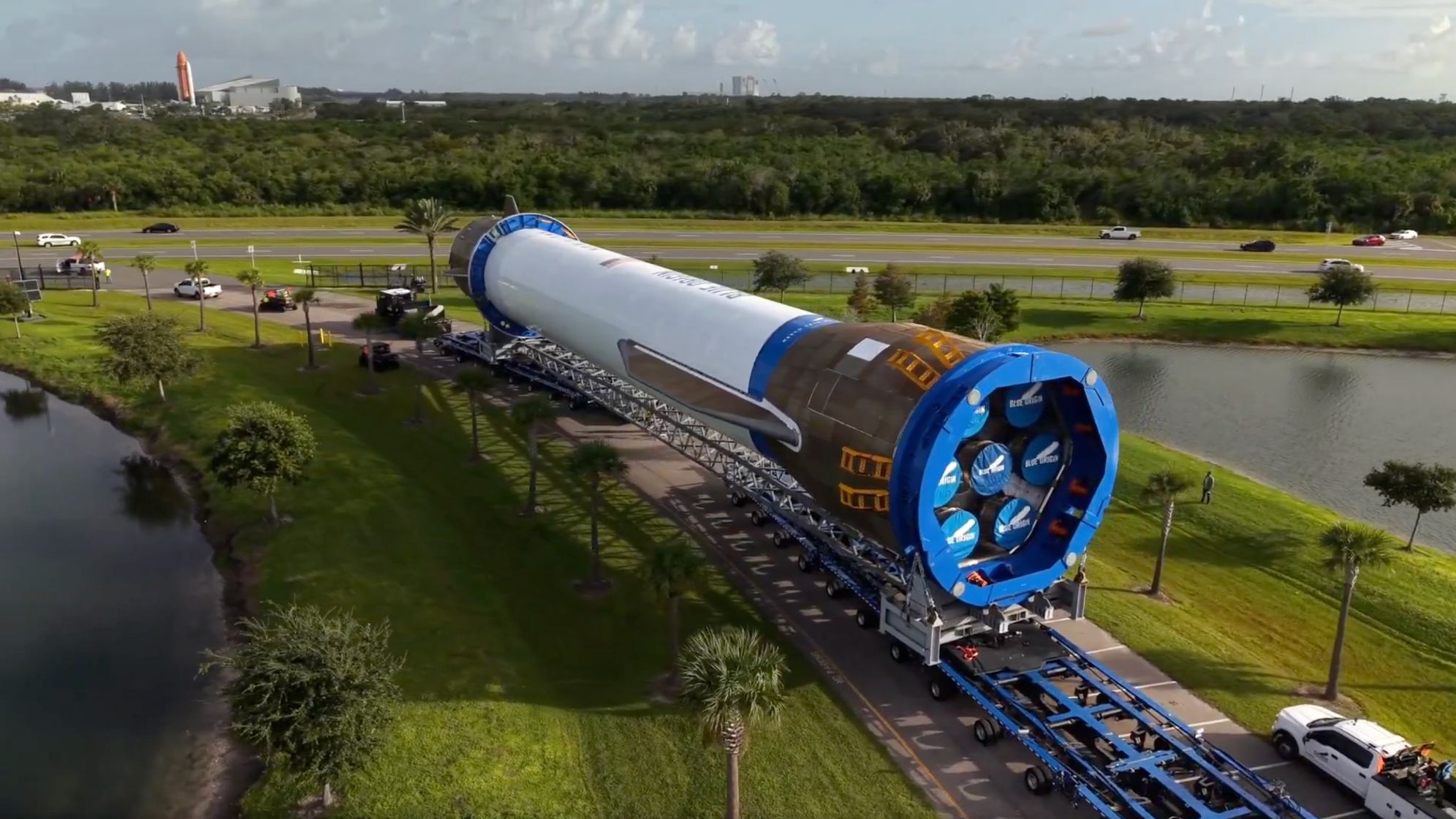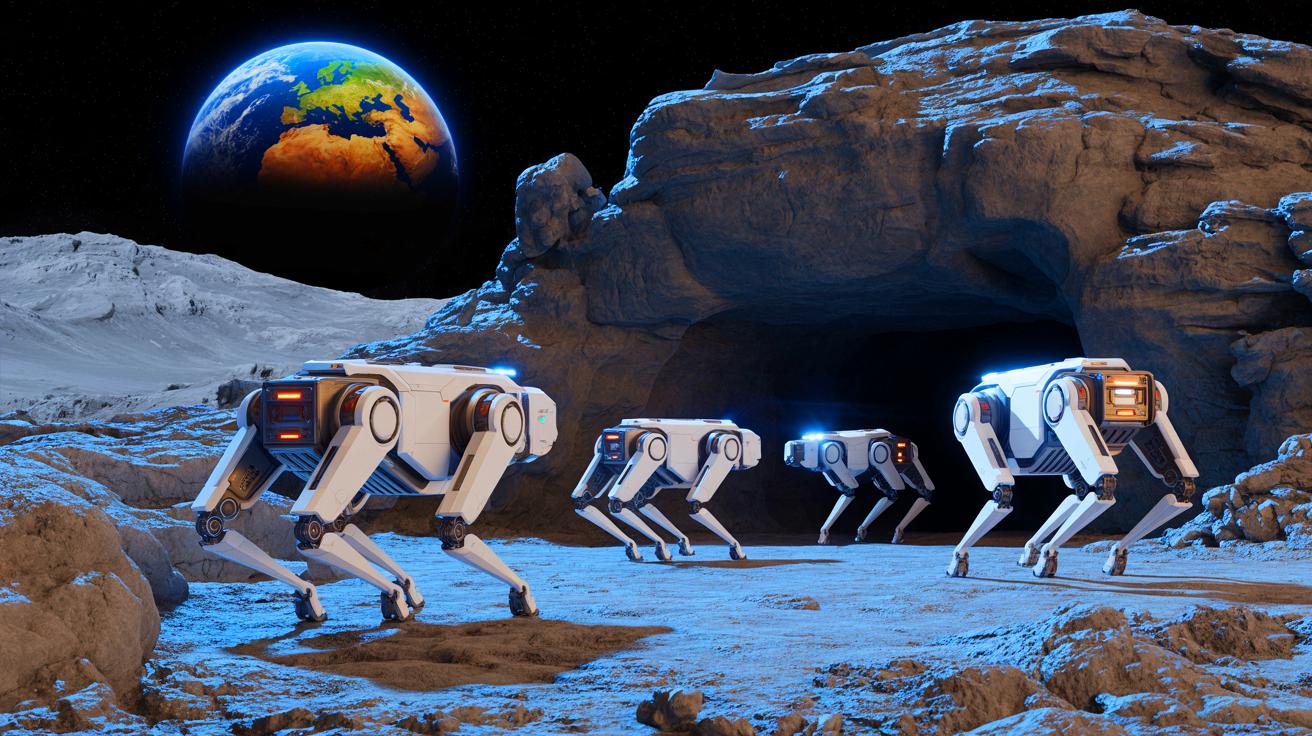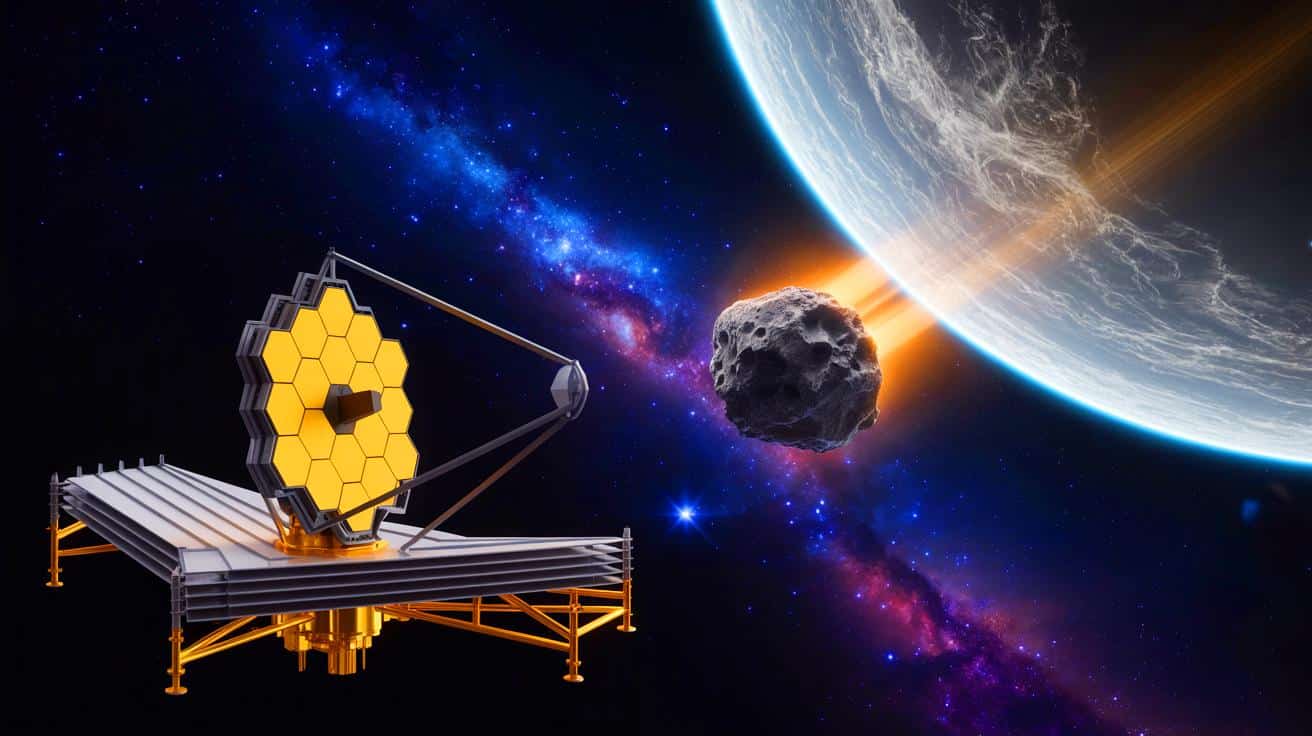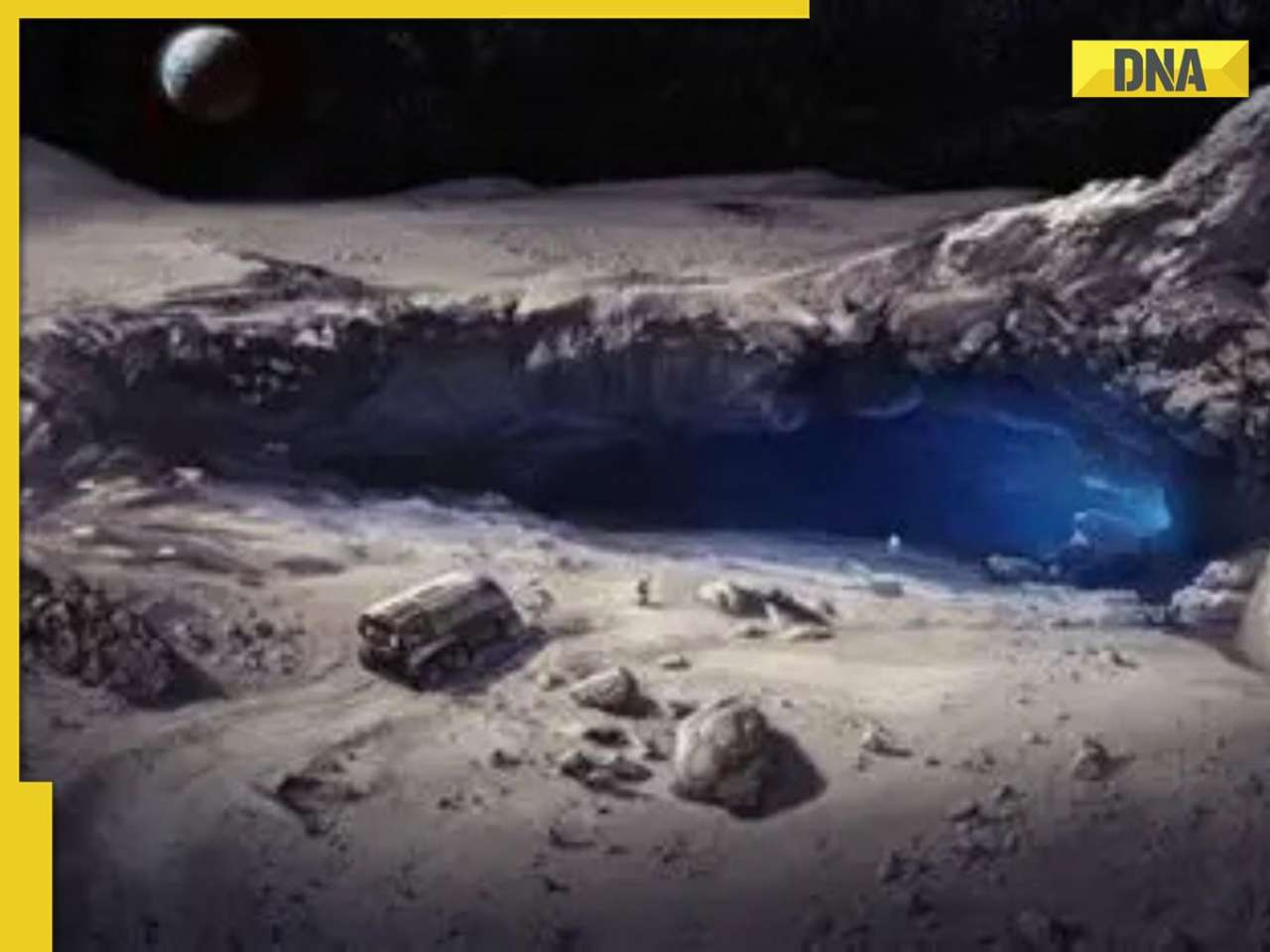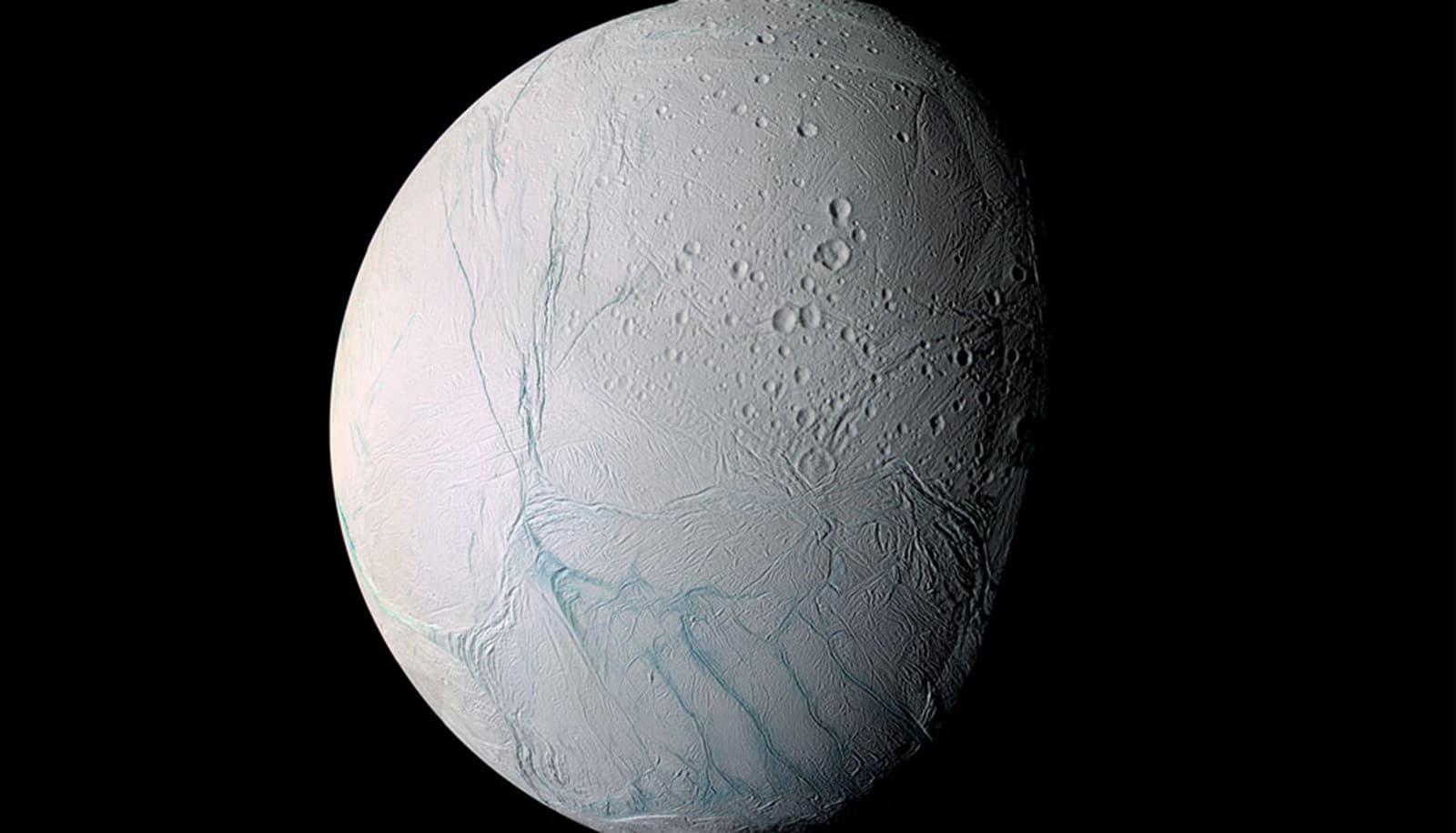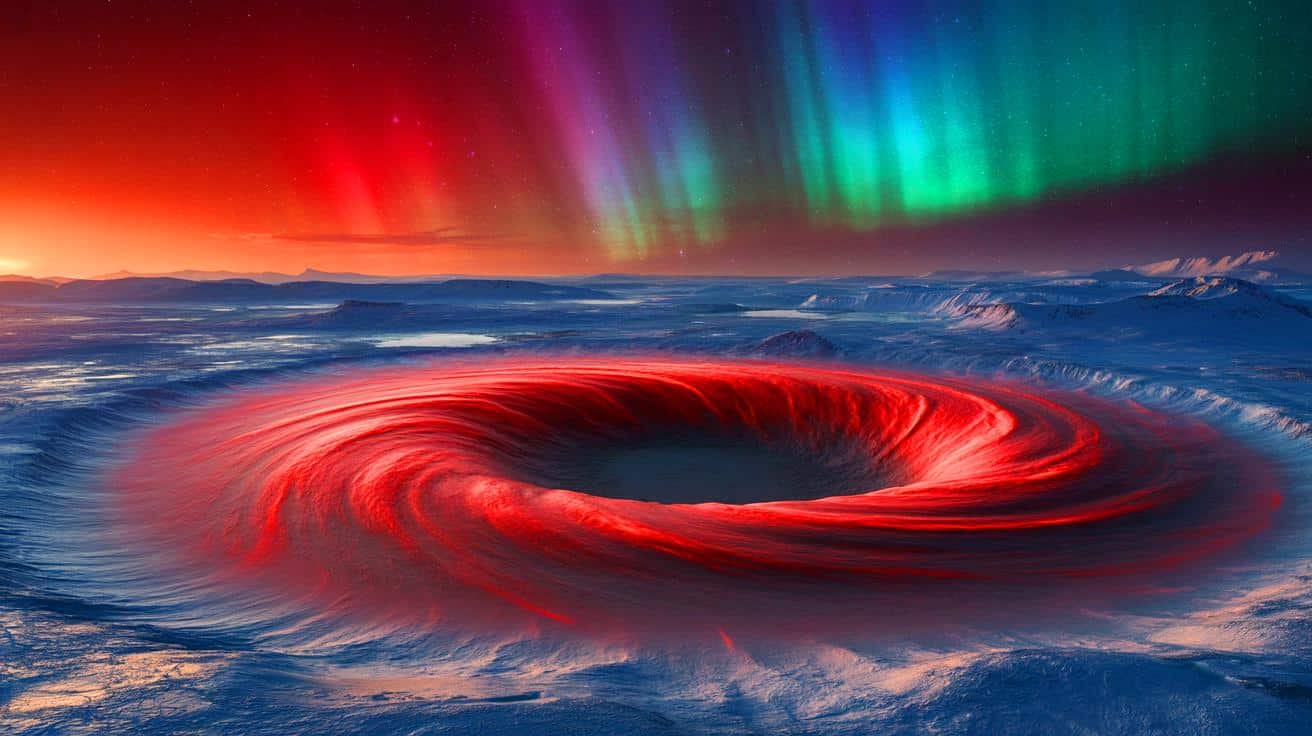Shocking Discovery: Water Found on Interstellar Comet 3I/ATLAS!

Imagine a frozen traveler from another star system zipping through our cosmic neighborhood, and it’s not just any comet — it’s 3I/ATLAS, the third known interstellar object to pay us a visit! Recent findings reveal that this celestial wonder carries water, sparking excitement and curiosity among astronomers.
How did scientists confirm this amazing find? The European Space Agency’s ExoMars Trace Gas Orbiter (TGO) and Mars Express turned their powerful instruments toward 3I/ATLAS as it made its closest approach to Mars on October 3, coming within an astonishing 18.6 million miles (30 million kilometers) of the planet. While Mars Express struggled to detect the faint object, ExoMars TGO succeeded in capturing images of this cosmic traveler barreling through space at nearly 130,000 miles per hour (210,000 kilometers per hour).
But the real breakthrough came from researchers at Auburn University, who utilized NASA’s Neil Gehrels Swift Observatory to unveil the comet's secret: the ultraviolet signature of hydroxyl, a telltale byproduct of water vapor. Lead researcher Zexi Xing and his team found that between July and mid-August, hydroxyl emissions skyrocketed, indicating that 3I/ATLAS releases a staggering 40 kilograms of water every second! That's a massive amount for a body so far from the Sun.
What makes this discovery even more astonishing is that 3I/ATLAS was venting water while being three times farther from the Sun than Earth, where temperatures are typically too cold for such activity. Scientists theorize that tiny ice grains ejected into space are warmed by faint sunlight, causing this unusual behavior. It’s a fascinating glimpse into how life's building blocks could travel between stars.
This comet's distinct chemistry adds to its allure as well. Unlike other known comets, 3I/ATLAS boasts a wealth of water but is low in cyanogen, suggesting that it might have originated near a young, metal-poor star. As Xing aptly noted, each interstellar comet brings its own surprises — ‘Oumuamua was dry, Borisov was carbon monoxide-rich, and now ATLAS is shedding water where we least expected it.
In summary, the discovery of water on interstellar comet 3I/ATLAS challenges our understanding of comet and planet formation, hinting at the possibility of life-sustaining materials traveling across the vastness of space.












